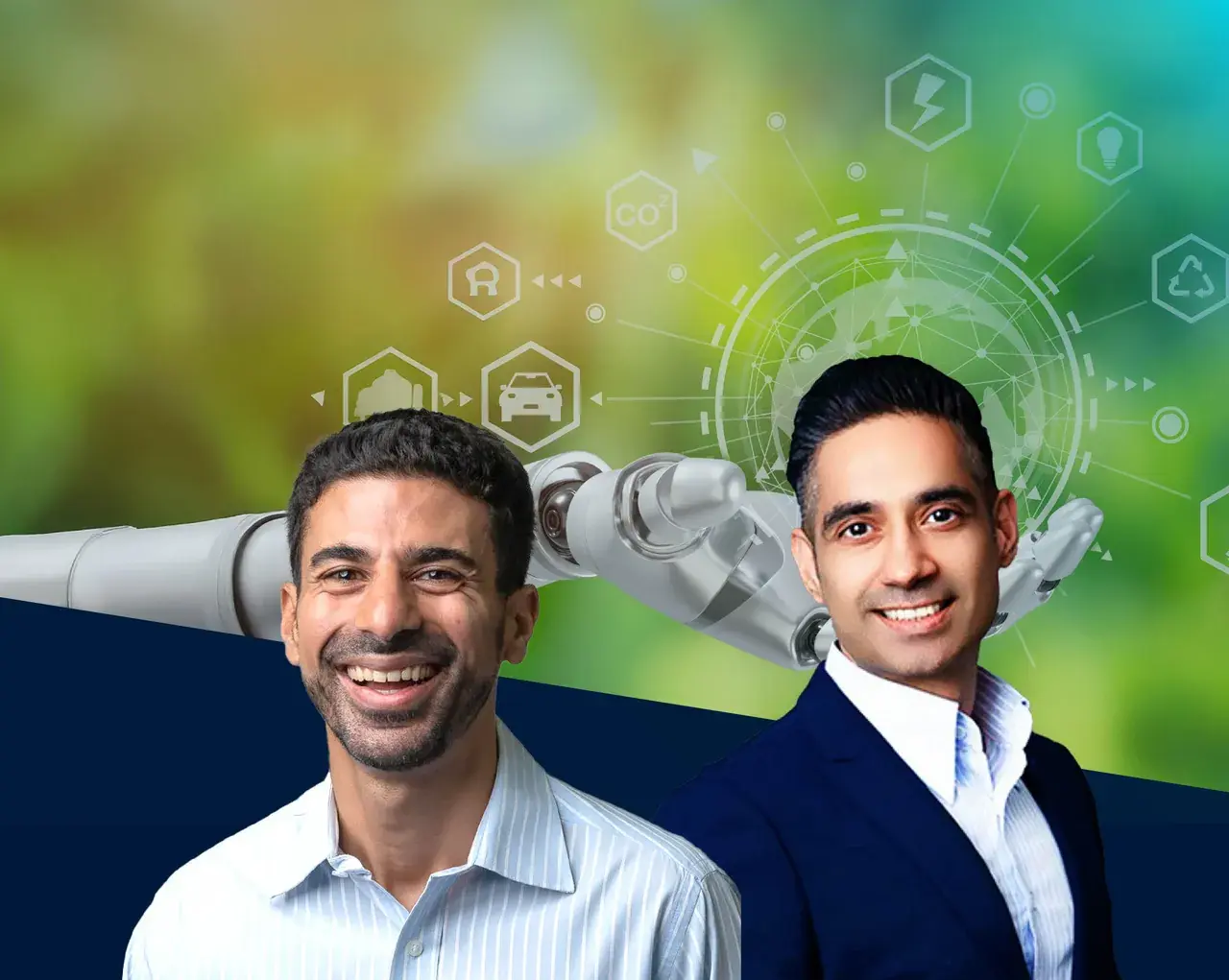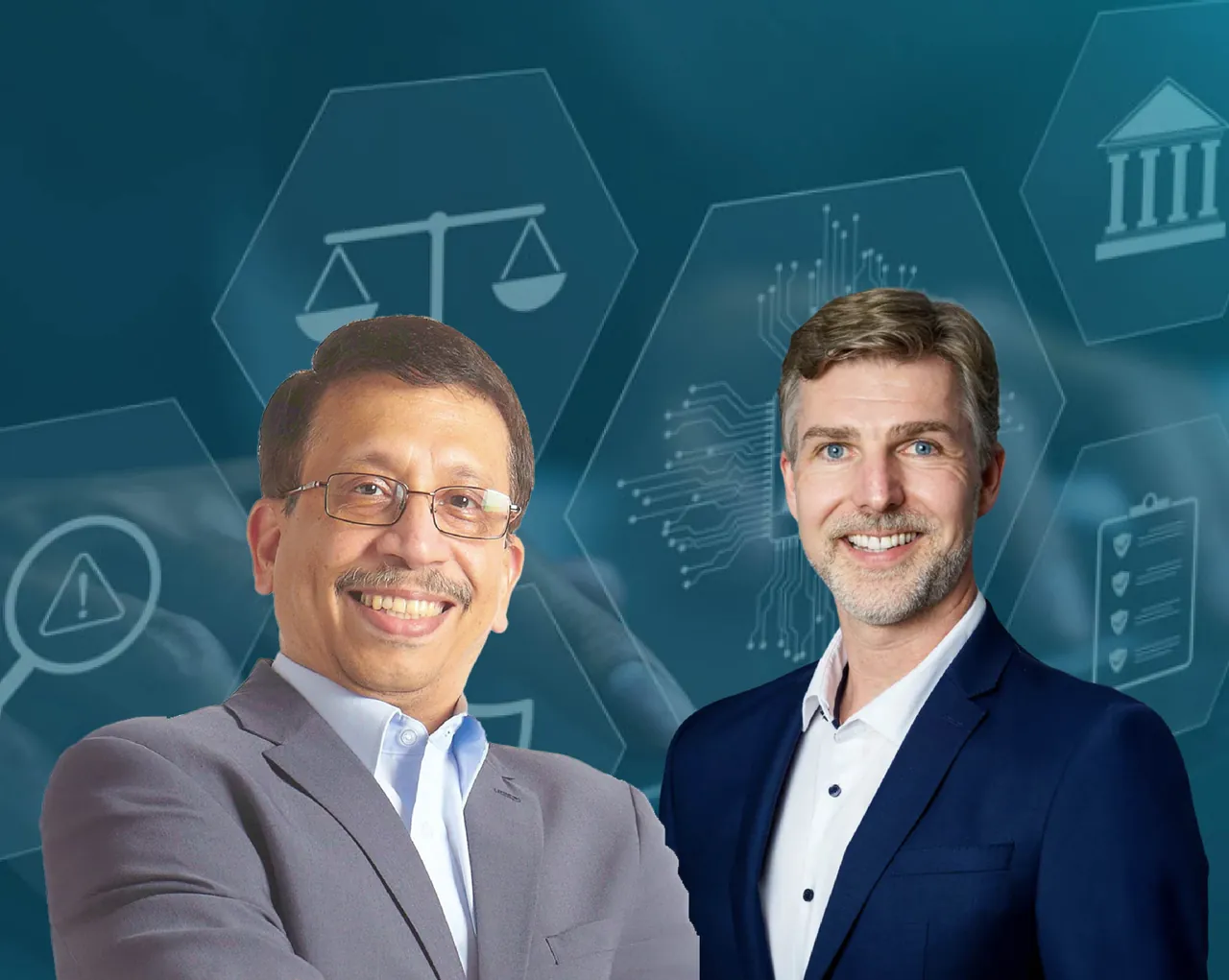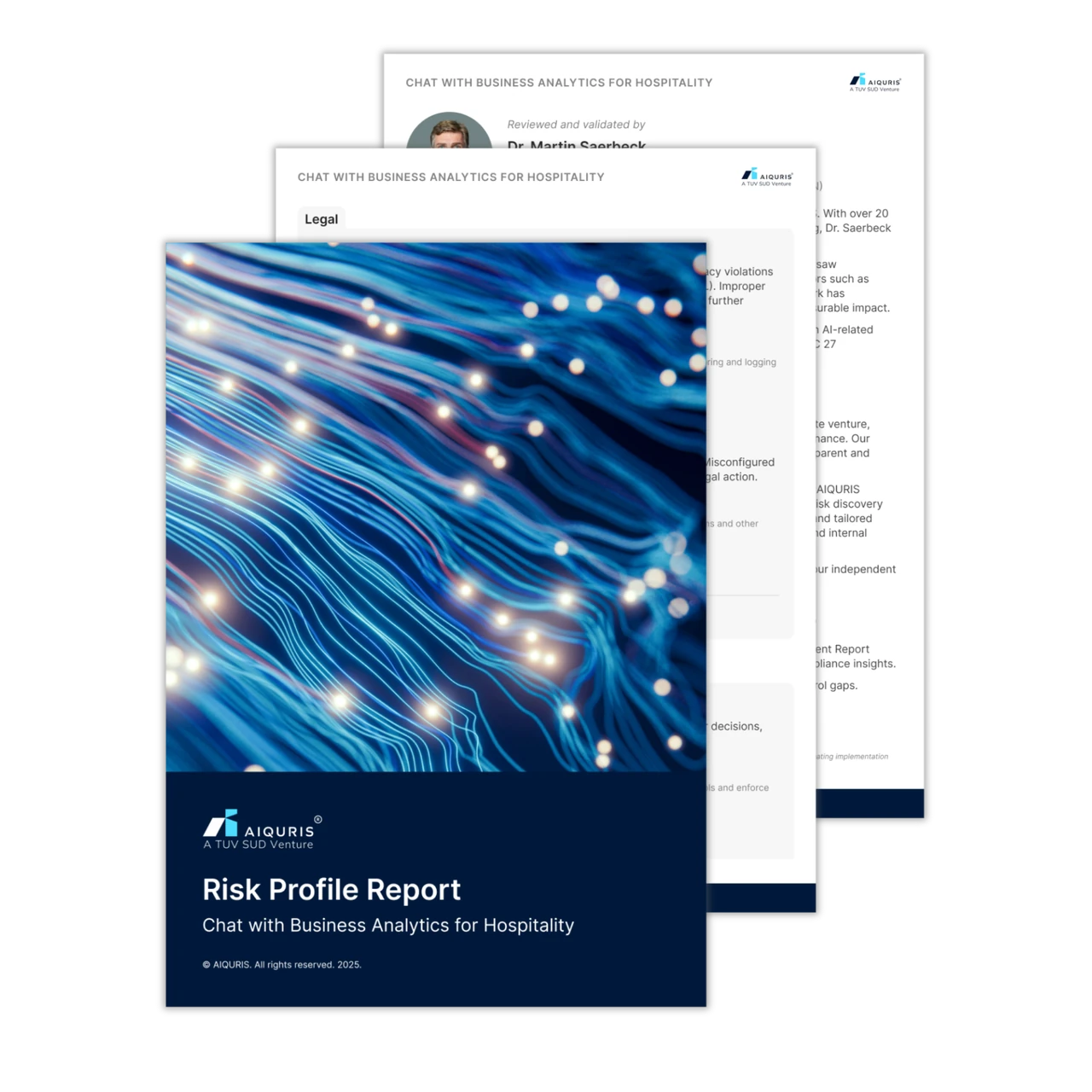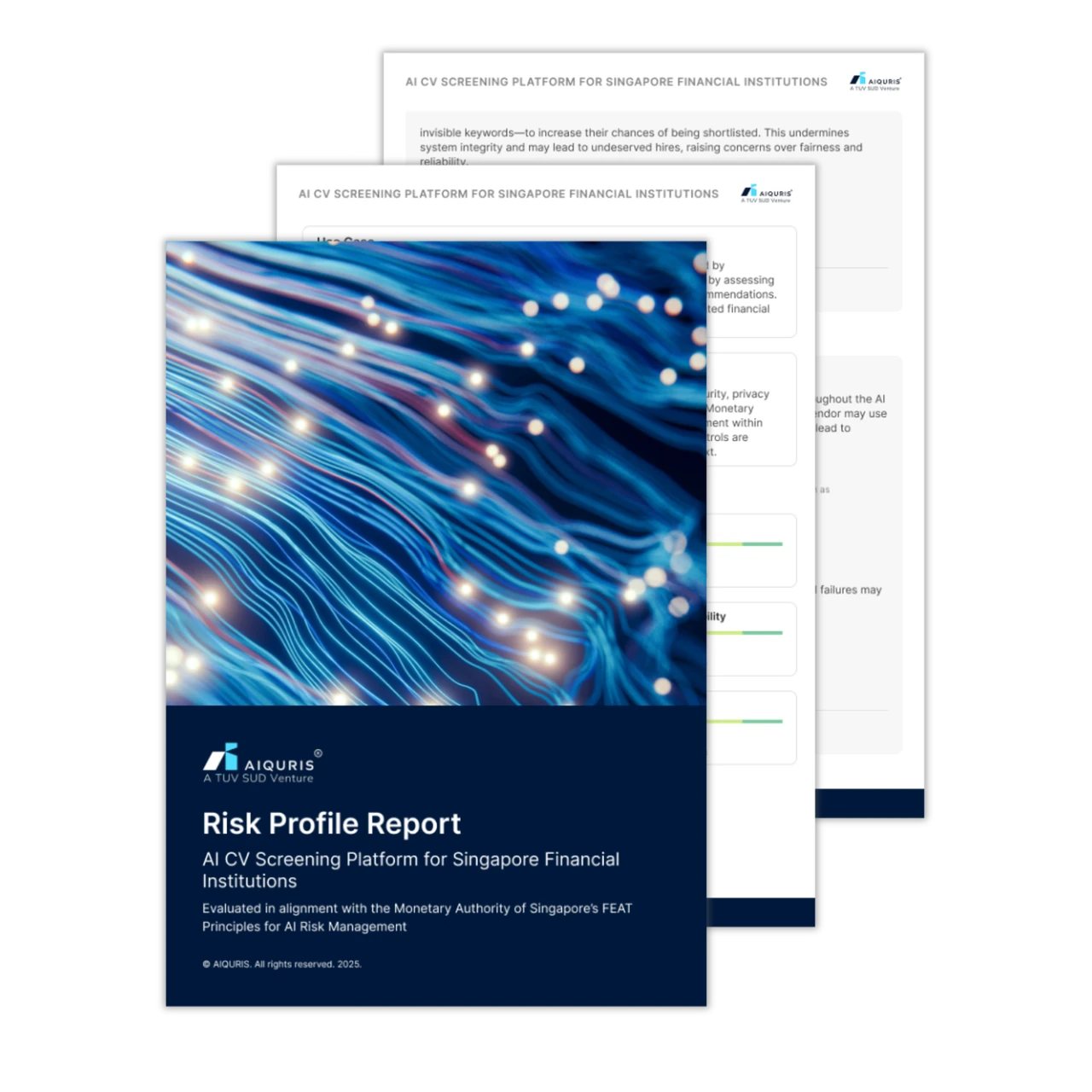Artificial Intelligence (AI) is revolutionising sustainability efforts, but at a cost. The global AI sector now consumes an estimated 460 terawatt hours annually while the IEA expects it to double by 20261. As AI adoption accelerates, its energy demands continue to rise, raising urgent questions about its environmental impact. How can we balance AI-driven innovation with sustainability? This is what we explore in our latest podcast, featuring sustainability expert Zal Dastur and Ankit Kochar, Director of Sales at AIQURIS.
The Promise of AI in Sustainability
AI technologies can drive efficiencies across various sectors, significantly impacting climate change mitigation efforts. Initiatives like AI for Good aim to harness AI's capabilities to achieve the United Nations' Sustainable Development Goals (SDGs), particularly Goal 13, which is focused on climate action2. AI for Good leverages AI to advance sustainable development and address global challenges. According to a report by the European Parliament’s Think Tank, AI could reduce global greenhouse gas emissions by 1.5-4% by 2030, showcasing its role as a catalyst for positive environmental impact3.
Applications of AI span diverse fields such as energy management, agriculture, and transportation. In agriculture, precision farming utilises AI to optimise inputs like water and fertilisers, enhancing crop yields while minimising waste. According to Zal, "AI will be able to tell us how we can better power our cities. How can we use electricity more efficiently? It will tell us about agriculture and how we can use soil, water, and nutrients to have more of an impact on the agriculture we need to feed this growing population." (Watch the full podcast)
These advancements contribute to lower emissions and foster economic resilience.
The Environmental Cost of AI
However, the environmental footprint of deploying AI cannot be overlooked. The rapid deployment of generative AI models raises serious questions about energy consumption and resource allocation. MIT highlights that training advanced AI models requires vast amounts of electricity, contributing to carbon dioxide emissions if powered by non-renewable sources. Moreover, data centres integral to AI operations consume an alarming amount of water for cooling, stressing local ecosystems4. In a staggering fact in the podcast, Zal states, "By 2027, AI can consume 85 to 134 terawatt hours of electricity annually."5
While AI holds promise for enhancing operational efficiencies, its burgeoning energy needs can counteract progress toward sustainability. Current projections suggest that AI-related data centres will require more than double their energy consumption by 2026, raising urgent questions about grid reliability and overall sustainability targets6.
In fact, as Zal said in the podcast, "One AI search on ChatGPT is significantly more than, it's like 10 to 100 times more than one Google search. So if you now think people use ChatGPT for fun, the scale of AI’s catch-up to the rest of the internet is probably going to happen very fast."7
Navigating Challenges with Responsible Practices
Organisations need structured risk assessment frameworks to ensure AI adoption aligns with sustainability goals. Tools like AIQURIS provide risk profiling and governance maturity assessments, enabling businesses to monitor compliance while mitigating environmental risks.
Furthermore, existing legislative frameworks are vital in guiding organisations towards integrating sustainability in their AI deployments. As regulations evolve, there is a need for robust metrics and methodologies to measure AI's environmental impact accurately. The issue brought to light by Zal in the podcast states, "If all of these data centres are running on renewable energy, then we don't really have as big a problem as we think. However, I would imagine that there are very few data centres in the world that are running 100% on renewable energy."
Organisations need structured risk assessment frameworks to ensure AI adoption aligns with sustainability goals. Tools like AIQURIS provide risk profiling and governance maturity assessments, enabling businesses to monitor compliance while mitigating environmental risks.
Conclusion
The relationship between AI and sustainability presents both significant opportunities and formidable challenges. As we strive to integrate AI into various aspects of modern life, it is crucial to maintain a holistic understanding of the risks posed by AI adoption — including its environmental impact, ethical considerations, and long-term sustainability.
AIQURIS’ use case risk profiling feature enables organisations to evaluate AI projects comprehensively, identifying not only safety, security, and compliance risks but also sustainability and ethical dimensions. By leveraging AI risk and quality management tools like AIQURIS, businesses can proactively monitor AI deployments, mitigate sustainability-related risks, and ensure regulatory alignment while driving responsible innovation.
Curious about what’s next? Watch our podcast for expert insights and stay tuned for Part 2, where we dive deeper into AI’s evolving role in sustainability.






